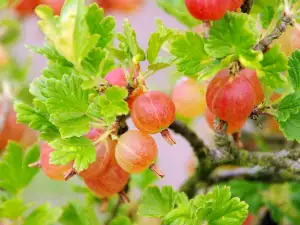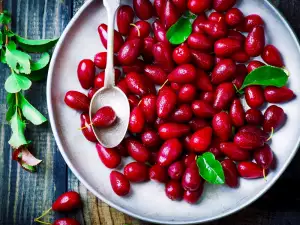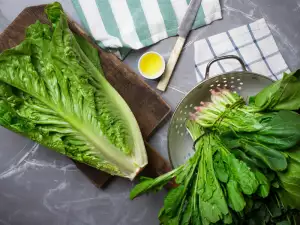Dogwood is a magical tree that symbolizes hope for the future health and life. Present in many traditions and customs, used for divination and chanting. In Eastern Europe they have New Year's pie with a cornel twig or Christmas cake with cornel twigs.
Dogwood is a tree which sybolizs fertility and health. The colors of yellow cornel are located on short lateral branches, two, three or four at a time. Dogwood blooms before leafing, but gives only harvest in September and October. Its small red berries are an invaluable source of vitamins and minerals.
Dogwood occurs mainly in deciduous forests, but without any problem can be grown in the home garden. There are different types of decorative dogwood, which can be used as natural barriers. Dogwood blooms in February-March and the fruits ripen in August-October.
Flowering dogwood is one of the most popular ornamental trees in America. Dogwood leaves in summer are dark green above and silvery below, and in the autumn are dyed in beautiful gentle flashing red and romantic in the autumn sun.

Chemical composition of dogwood
The bark and root of the tree contains organic acids, tannins, Corinne glycoside. The leaves of cornel are high in tannins, vitamin E and vitamin C. The fruits are rich in natural sugar /glucose and fructose to 17%/, organic acids - succinic, citric, malic, mineral salts of potassium, magnesium, sulfur, iron and calcium.
The composition of the fruit has phytoncides, essential oils, glycosides, flavonoids, pectin, nitrogen and tannins. They are rich in vitamin D, vitamin C and provitamin A.
Collection and storage of dogwood
Harvesting of the fruits of dogwood should begin once they acquire their natural red color without waiting to soften or darken. Overripe fruits fall off very quickly due to yield losses. Harvested fruit should be left to ripen. Do not pick dogwood in the rain or dew because wet fruits are very easily damaged.
It is important to know that the fruits of dogwood do not ripen simultaneously, which requires harvesting to be done several times or harvested fruit to be sorted in order of maturity. Ripening takes place in a dry place and lasts a week to 10 days. After this period, ripe fruits darken, soften, become much more aromatic and sweet.
Dogwood in cooking
As mentioned, cake and pie at Christmas and New Year would not be the same without a sprig of dogwood in some parts of Europe. But this does not exhaust the application of cornel in cooking.
Cornel is most frequently used for the preparation of juices, jellies, or unbelievable wine. For the preparation of juice from cornels is recommended extraction by steam, but it can be obtained by centrifugation or pressing. For this purpose, pour ripe cornels in water, so as to cover them.
Leave to stand overnight. After this period of time, remove the pips and extract the juice, to which you can add sugar and a few drops of lemon juice. Cornel juice is suitable for mixing all kinds of weak acidic fruit juices.
Ingredients for jelly from cornels are 2 kg cornels, 5 g tartaric acid and 700 g sugar. Wash and clean the cornels, then pour in the water so that they are covered. Cook until they change color and soften.
The juice is strained and boiled with sugar. Jelly is completely ready, when sample taken from it, rests on the edge of the plate like gel. Finally, the tartaric acid is added and boil for another 2-3 minutes.

Benefits of dogwood
Cornel juice is useful in exhaustion after suffering from serious illness, increases appetite and is useful in the treatment of tuberculosis. Very frequently applied in treatment of inflammation, as well as lowering of high temperature and the fever. Suitable for iron deficiency, anemia and the disturbed acid-base balance of the body.
Its consumption is recommended for skin diseases, impaired metabolism, is used as a cholagogue and a good forming tool. Fresh juice from cornels is extremely rich in vitamin C, which unfortunately in dried cornels is almost lost.
Cornel fruit has a good clamping and clean air action, and therefore is used in colitis and diarrhea. The high content of potassium, vitamin C, fruit acids and is extremely useful in the treatment of stomach disorders.
Cornels have a good diuretic effect, so it is used in diseases of the urinary tract stones and grit in the kidney. Cornels apply to gout and bleeding from the gastrointestinal tract. A decoction of cornels helps with gingivitis.













Comments